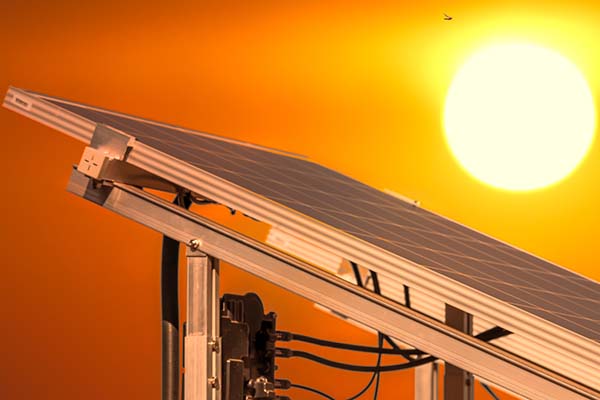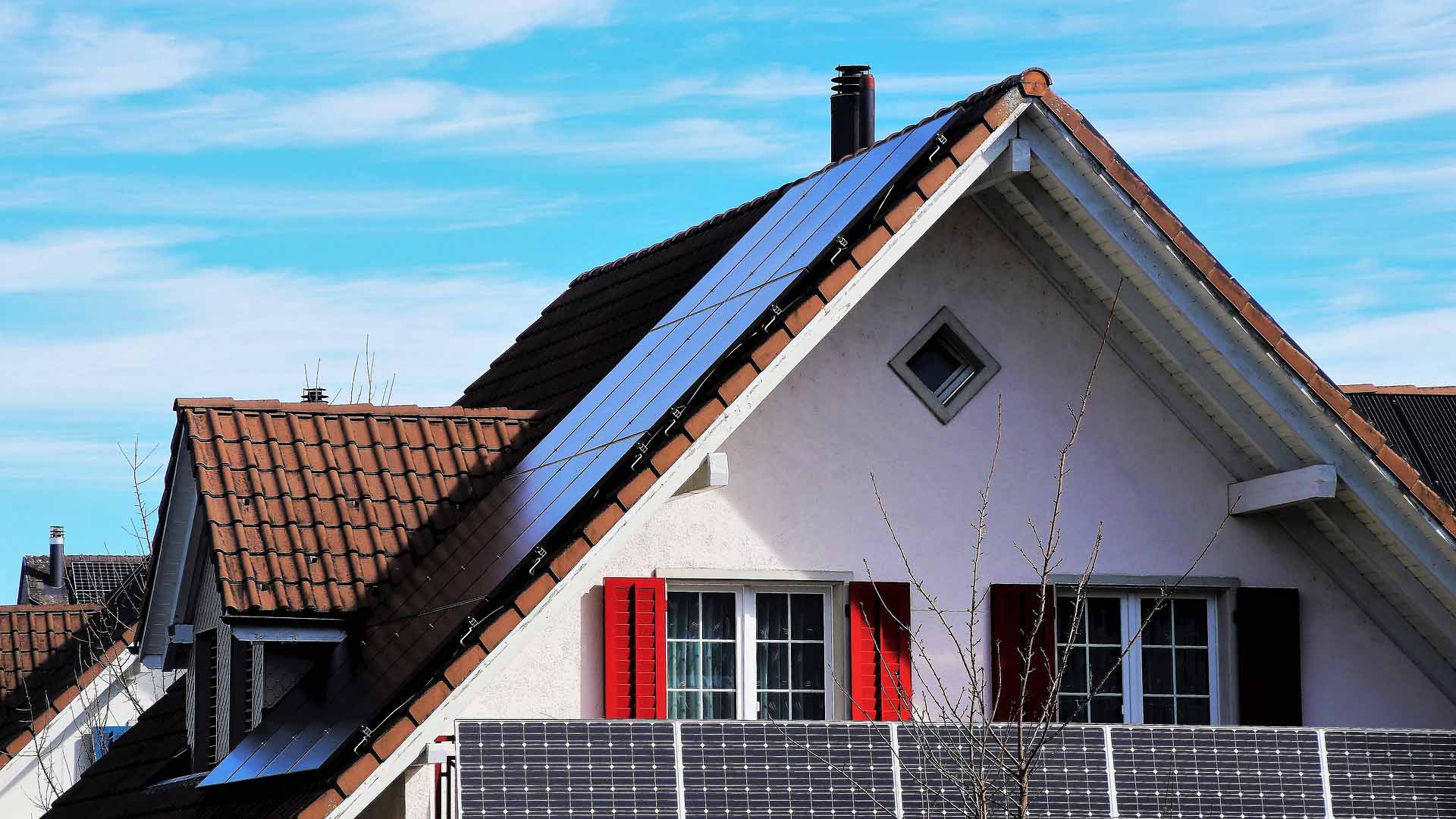Ceiling solar system has evolved as a cutting edge technology in today’s world of renewable energy. They help to establish a sustainable environment and additionally reduces the headache of monthly energy bills. Let’s jump deep into the world of solar systems, trying to understand what a solar system for ceiling is, their benefits, process of installation, maintenance and longevity. Furthermore, to learn how they can upgrade your home to an advanced eco-friendly and energy producing living place.
Understanding the concept of ceiling solar system
These sun powered systems are also known as overhead solar panels. It is an innovative upgradation of solar technology to make use of solar energy as an alternative source. Regular solar panels are placed or installed at rooftops or grounds. In contrast with regular solar panels these solar panels are directly mounted into the home ceiling. They are especially designed to save space and broaden the exposure to sun rays. This setup ensures an effective and efficient conversion of solar light into energy. Sunlight is converted into electricity then used for home appliances or digital devices.
Below are some requirements of solar systems to help you understand how it works:
Main part of the solar system is the solar panels. Each solar panel having photovoltaic cells convert sunlight into electricity in physic language direct current (DC). The second component is investors, its function is to convert DC to alternative current (AC). This is because the home appliances or other devices work using alternative current. Therefore, it’s necessary to convert direct and alternating current. This is where investors come into action, providing AC energy from DC energy.
The energy generated by solar panels is used for home appliances and the excess energy transfers to the grid and can be supplied to nearby homes. This process is called net metering. Net metering gives you some extra credits and reduces your energy bills. Direction of the solar system to the sun is crucial because the production of energy will be higher if the solar panels are well directed to the sunlight. Panels facing to the south are the ideal direction for efficacy to the maximum.
Trees, buildings, or other obstructions can reduce the efficiency of solar panels by blocking sunlight. It’s important to consider potential shading issues when installing a solar system. Battery storage is recommended, because these act as storage for excess energy produced during day time and will be consumed at night when the sun is set. There are two types of grid systems. One is connected to the local grid and sends the energy to the grid. The other one requires a battery to store excess energy and allow it to use the energy at night.
Advantages of ceiling solar system
There are various advantages of solar systems. Let’s discuss few of these benefits:
They are space efficient, and suitable for places with less space. When there is a limited outdoor space, a ceiling solar system is the best choice. There is no need for a large ground or area for installing solar panels. Install the solar system by utilizing the ceiling of your home. Moreover, solar systems are pleasing aesthetically for your home. They maintain the aesthetic integrity of your home and look pleasant and generate clean energy using sunlight.
Due to their elevated positioning they are more efficient in energy production. The elevated position allows these systems to capture more sun rays. Resulting in more energy production chances than the traditional solar panels. Furthermore, they are beneficial in reducing energy costs.
You can minimize your electricity bills by generating free energy through the solar system. Investment in these panels is a long term and effective cost reduction.
Finally they need minimal maintenance costs. Only thing needed to do is cleaning and regular inspection for their functionality. With proper inspection maintenance they continue to serve as free energy production with single investment.

Installation process
Installation process is done in a few steps. Here are some essential steps in order to install a solar system:
Step 1 – The first step to take on a solar system for ceiling is consultation and design. You should consult a popular solar energy company before adopting the solar system. The company will assess or inspect your home and recommend a suitable design. They may consider shading, direction, and structure of your home’s ceiling. Then a customized design is selected to maximize the energy production.
Step 2 – For installation of solar systems one needs approval and permits from the authorities. Installing panels should be in compliance with the local regulations. If you are adopting a solar system through a company. Then the company will handle the compliance and permits issues. And they provide you the panels in compliance with all the guidelines by authorities.
Step 3 – After the approval and permits the process of installation starts. Installation of solar panels should be done carefully. A special mounting system should be used when integrating the panels. Mounting system increases longevity and stability. The qualified professional technicians team will install the panels in a precise and safe way.
Step 4 – When installation is done then the process of electrical connections begins. Usually panels are connected to a converter. In this step the solar system is connected to the electrical infrastructure. Energy produced by capturing sunlight is then converted into electricity using a converter.
Step 5 – After completing all the above steps including installation and connection, multiple tests are performed to check that the system is working fine. The system is commissioned when all the essential adjustments are done.
Maintenance and longevity
These systems need low maintenance. However, routine checks are essential for maximum performance and longevity.
Check these maintenance tips:
Regularly clean the accumulated dust, dirt, and debris from the solar panels screen. This can be done using a cloth or light rinsing with a hose will remove the accumulated things.
Annually an inspection is essential by a professional for any dysfunction. If a fault is found it should be addressed immediately to avoid further issues.
Moreover, energy production should be monitored to check any decline in efficiency. Finally, trimming surrounding trees will reduce the shadow on panels that are obstructing the sunlight. This will ensure a full exposure of sight to the solar panels.
Maximizing your ceiling solar system
To maximize the solar benefits one should invest in solar batteries and build a battery storage system. The batteries will store the excess amount of energy produced during day time. And will be used in situations of low light or at night time. The use of batteries makes you independent of energy. Additionally, it serves as an energy backup in case of an outage of electricity.
In some countries governments offer incentives for the adoption of solar energy. Check in your country if there is such a facility available. This will provide you financial assistance and tax credits. And will reduce the burden on your first investment in ceiling solar panels. Use of energy efficient appliances will reduce the carbon footprint. Along with ceiling sunpower systems, adopting LED lights and optimization of home insulation help to establish a sustainable home environment.
Conclusion
Ceiling solar systems is one of the upfront technology advancements we have in place right now in the solar space. It helps to make use of sunlight in a space efficient, cost effective way. Additionally, they help to maintain the aesthetics of homes and they look pleasing to eyes. This is a smart choice for individuals looking for renewable energy sources and want to minimize the carbon footprint. These systems are the best selection for long term benefits and maximum energy production with low costs. After reading this guide to ceiling solar panels you can make a decision of adopting a solar system at your home. Along with reduced electricity bills and cost reduction you will contribute to reducing carbon footprint and green sustainable environment.



